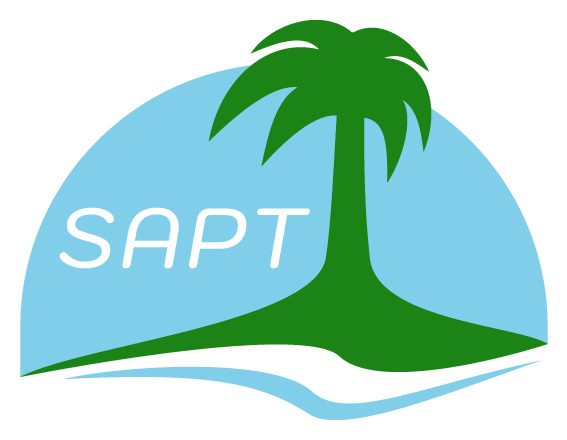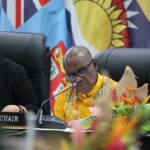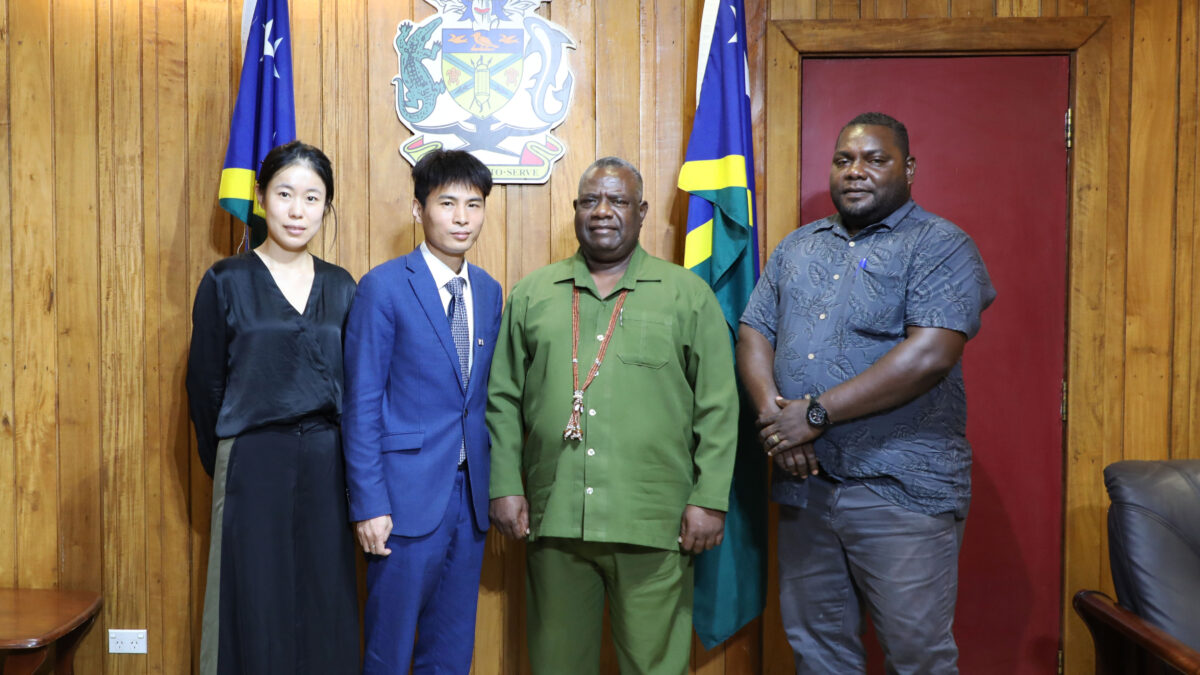IN two weeks, China will host the 3rd Belt and Road Forum in Beijing, to commemorate the 10th anniversary of the launch of the Belt and Road Initiative (BRI). With a global reach of 152 countries as signatories and nearly one trillion US dollars mobilized, the BRI is widely considered the grandest and most transformative global economic cooperation platform in recent history. It therefore is timely to reflect on the BRI’s fundamental impacts and future prospects for China, Solomon Islands and the world.
First proposed by President Xi Jinping as the “Silk Road Economic Belt” in Kazakhstan and later as the “21st Century Maritime Silk Road” in Indonesia in 2013, the BRI is often referred to as China’s flagship foreign policy initiative. With a focus on connectivity in infrastructure, finance, policy, trade and people-to-people ties the BRI is indeed unprecedented in scale and reach. Initially it was constructed around ancient trading routes, the in-land portion consisting of various railway and highway networks that traverse through Eastern, Central and Western Asia through to Europe. The other is a network of maritime sea routes and port facilities traversing through Southeast Asia, Africa, the Middle-East and Europe. Over the course of the past decade, the BRI’s reach has grown geographically and in scope to include the Americas, Caribbean and the Pacific, with China at the epicenter.
The BRI’s global acceptance can be explained in part by its emphasis on mutual benefit as a solution to the practical economic needs of all parties. On China’s part, it was a natural extension of its own domestic economic reforms. Fresh off China’s massive domestic infrastructure development efforts, spurred on by decades of sustained economic growth, China has at its disposal the entire infrastructure of engineering firms, financial institutions, expertise and industrial capacity available for global disposition. On the other hand, the BRI partner countries all have huge shortfalls in transport, energy, telecommunications, water and sanitation infrastructure among other needs. Taking a 2017 ADB report as a guide, the infrastructure shortfall in the Asia-Pacific region for instance ranged from 5.2% to 9.1% of GDP, a crippling shortfall that directly stifles trade, foreign investment and ultimately undermine their national economic development and the livelihoods of hundreds of millions of people. China’s BRI therefore offered a much needed life-line for these nations to invest in the infrastructure they desperately need.
Notwithstanding some inevitable challenges and setbacks, the BRI has been a resounding success. For instance, a 2019 World Bank document reported an increase of 4.1% in trade and 5% in foreign investment in participating countries. By 2030, the BRI is projected to generate US$1.6 trillion in revenue annually and 40 million people are projected to be lifted out of poverty. With participation of newly formed multilateral financial institutions such as the Asian Infrastructure Investment Bank and the New Development Bank to compliment China’s own Silk Road Fund and further engagement by the private actors, the successes of the past decade is expected to be consolidated and further enhanced.
The future success of BRI is further strengthened by the strong sense of inclusiveness it projects particularly to the developing world. Largely spectators on the global economic scene that much of the Western world enjoyed, these countries have harbored a growing sense of isolation and exclusion for the developing world. Consequently, even though the BRI is not exclusively a China-developing world partnership, the active inclusion of the latter partners in the BRI forged an interconnectedness to each other, to China and the developed world not previously experienced. Furthermore, China’s own status as a developing country lend the BRI further sense of authenticity and endearment to the World’s developing and emerging economies.
Meanwhile, though a late comer to the BRI, having established diplomatic relations and BRI cooperation agreements with China only in 2019, Solomon Islands has quickly made up for lost time. For instance, even with further Covid-19 enforced delays, Solomon Islands was able to secure and materialize a US$221 million deal with China, mostly for the 2023 Pacific Games infrastructure. Consisting of seven separate facilities, including an aquatic center, training grounds, tennis courts and the crown jewel, the 10,000-seat “Friendship National Stadium”. Face – lift the games facilities has on Honiara city, the skills training and economic impact the 888 local workers hired (and 330 Chinese workers) had on the country was immense.
The recent signing of further cooperation agreements between China and the Solomon Islands, including the memorandum of understanding on strengthening development cooperation and promoting the implementation of Global Development Initiative further dovetails with the BRI. As a multilateral platform, the GDI will complement BRI partnerships in economic development, global green development and in the digital economy.
In conclusion in an era of heightening geopolitical competition, global public health challenges and regionalism, the BRI has proven to be a unifying force for common development and prosperity. China, the Solomon Islands and developing countries around the world, encouraged by the inclusiveness of the initiative and boosted by further bilateral and multilateral cooperation platforms can look forward to greater cooperation to achieve mutual benefits, sustainable and people-centered development and common prosperity.
BY Dr Luke Mani















